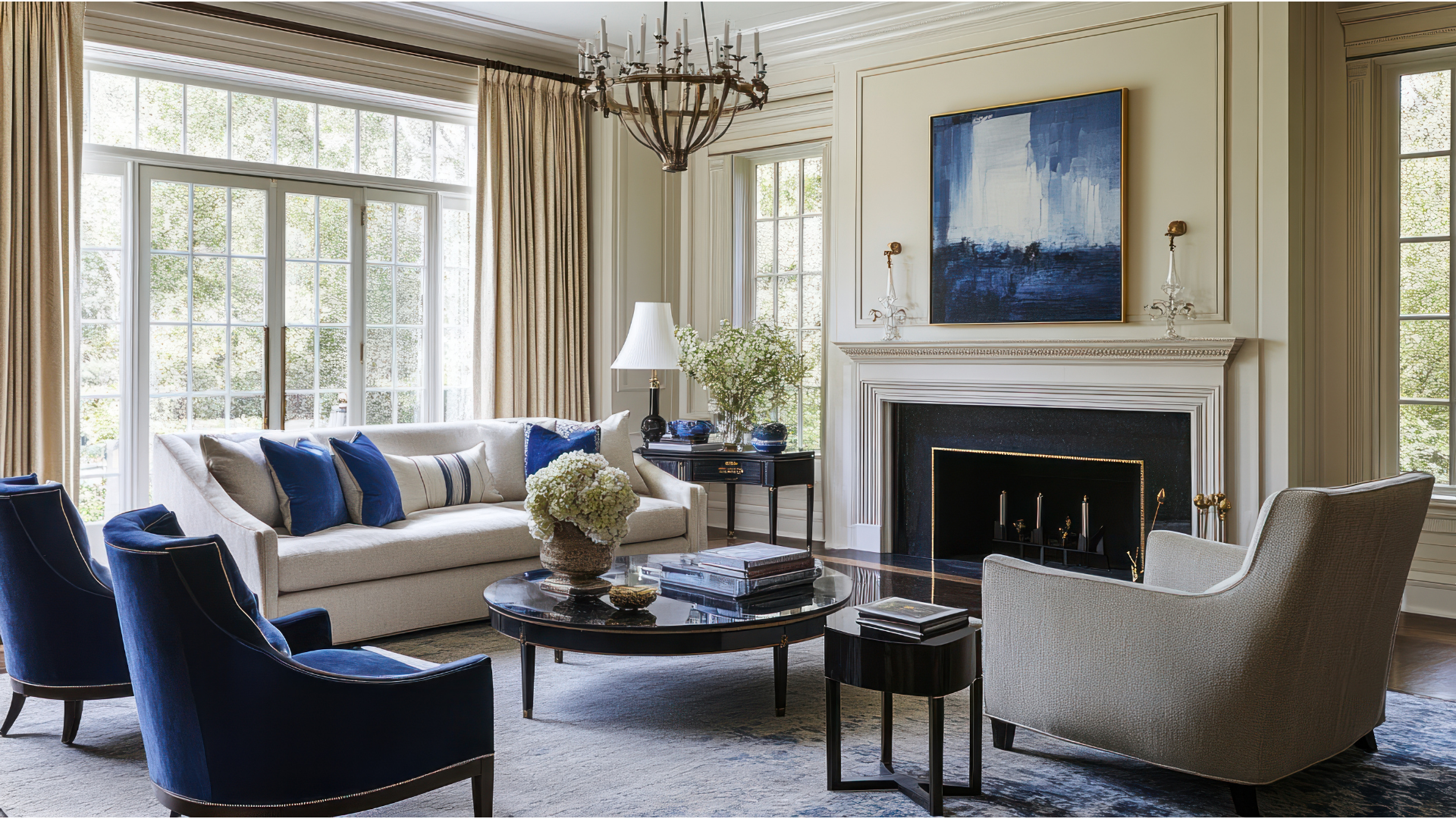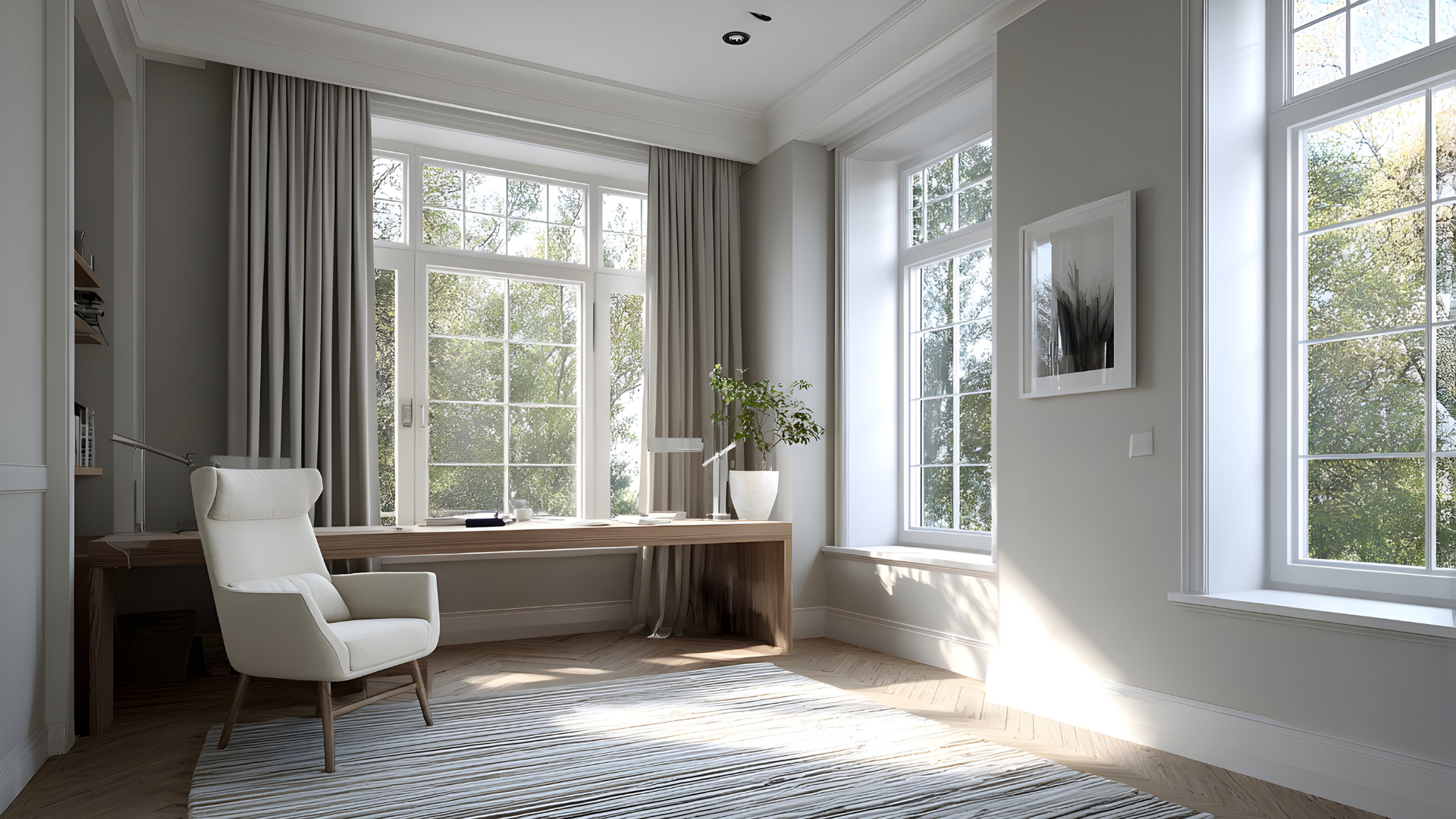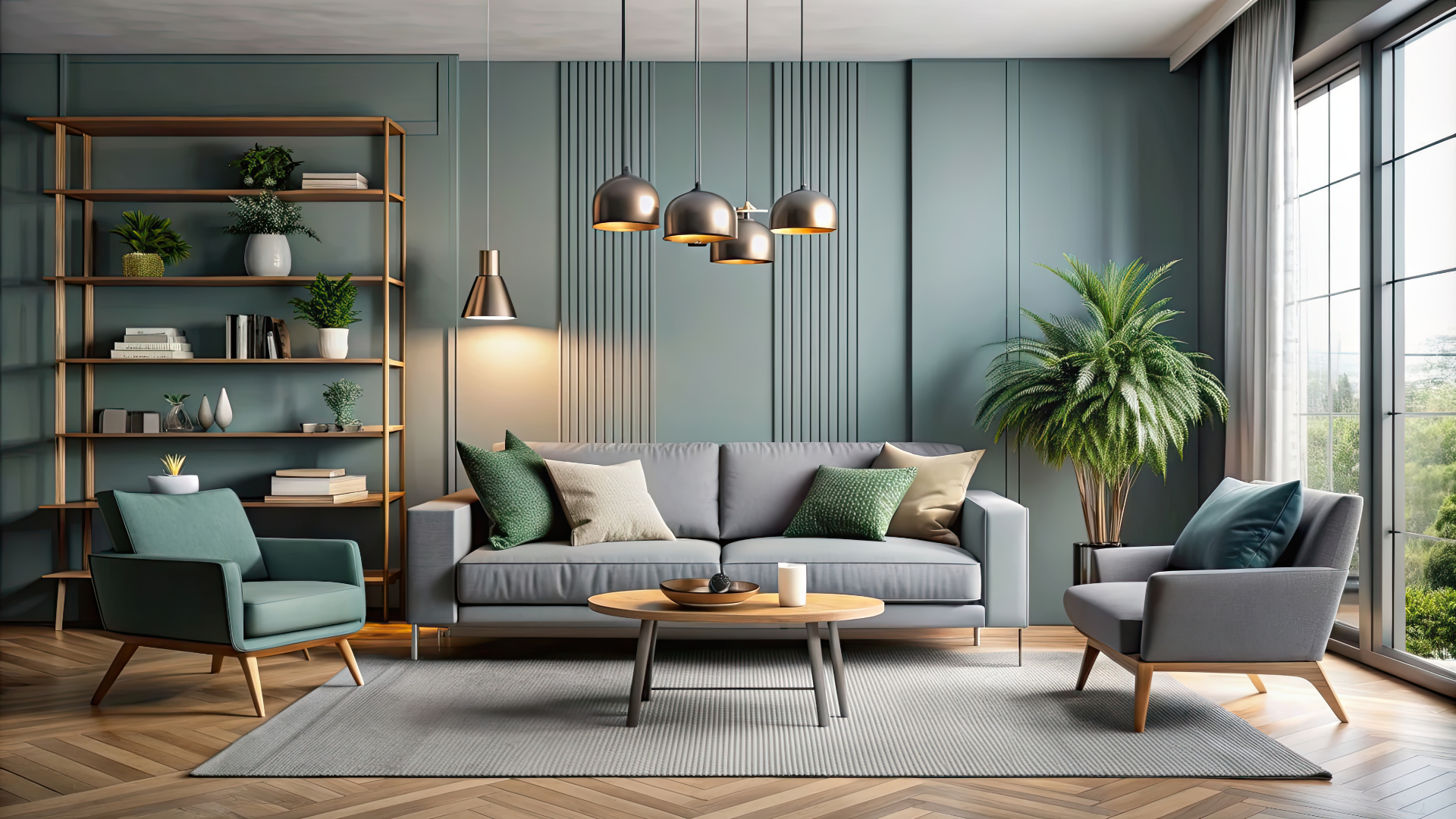Why Your Walls Look Dirty Right After Painting
Common Causes Of Smudges, Scuffs, And Streaking
There’s nothing more frustrating than stepping back to admire freshly painted walls, only to notice they look dull, streaky, or almost dirty in certain spots. More often than not, the culprit behind this disappointing result is inadequate surface preparation. Paint is only as good as the surface beneath it, and when walls aren’t properly cleaned or prepped, it can cause imperfections to show through like a spotlight. Dust, grease, or even fine debris on the surface can create a patchy appearance as paint clings unevenly. Old stains, watermarks, and even fingerprints that weren’t fully removed will often peek through new paint layers, making them appear like smudges.
Another overlooked factor is skipping primer. Without a primer, paint doesn’t adhere as well, especially on porous or repaired areas. This can cause uneven absorption, leading to blotchy or dull spots that mimic the look of dirt or grime. Similarly, leftover wallpaper glue, rough sanding marks, or even residue from previous cleaning solutions can all affect the way light reflects off your new walls. Spending time on proper preparation—washing, sanding, and priming—may seem tedious, but it’s often the difference between walls that look rich and flawless versus ones that feel tired and unfinished.
The Wrong Paint Product Creates Unwanted Flaws
Even the most skilled painter can end up with walls that appear dirty if the wrong type of paint is used. Different surfaces and spaces demand different finishes, and picking the wrong one can make imperfections stand out rather than disappear. For example, using flat or matte paint in high-traffic areas can backfire. These finishes tend to trap dirt and oils from hands or cleaning cloths, making the surface look discolored almost immediately. On the other hand, overly glossy paints can highlight every speck of dust and every tiny dent in the wall, especially when sunlight hits at the wrong angle.
Low-quality paint is another common mistake. Paint that lacks proper coverage or pigment can look streaky and uneven no matter how many coats are applied. It might even leave behind a shadowy or chalky effect that resembles smudges. Choosing the right paint formula matters just as much as the color itself. Certain paints are designed with better washability and coverage, meaning they not only hide imperfections but also resist looking dirty over time. It’s a detail many people overlook, but investing in the correct paint product is often what separates a professional-looking finish from a disappointing one.
In addition to quality, the color itself can make a wall look dirtier than it really is. Dark shades, while bold and stylish, tend to show every single dust particle, fingerprint, or scuff mark. Light colors, especially whites or creams, can reveal shadows, roller lines, or underlying blemishes that weren’t apparent before painting. Some colors simply reflect light differently, creating the illusion of unevenness even when the wall is smooth. Testing samples on your actual wall before committing to a full room can help avoid these pitfalls.
Overly Shiny Finishes Amplify Imperfections
While gloss finishes have their place, they can be surprisingly unforgiving on walls that aren’t perfectly smooth. High-sheen paints act like mirrors, reflecting light and casting shadows on every small bump, scratch, or uneven surface. Instead of delivering that polished, clean look, they can make walls seem blotchy or stained, even when freshly painted. It’s an issue that often surprises homeowners, especially when they were hoping for a sleek, modern feel.
This isn’t to say that glossy finishes should be avoided altogether. They work wonderfully on trim, doors, or furniture because these surfaces are usually sanded smooth and less likely to have imperfections. However, when applied to large wall areas, the reflective quality can exaggerate everything you don’t want to see. The trick is understanding where and how to use these finishes. In most cases, an eggshell or satin finish provides just enough luster without amplifying flaws, creating a balanced look that feels both fresh and refined.
Another thing to consider is how glossy finishes interact with lighting. Artificial lighting, particularly harsh overhead or spot lighting, can bounce off a shiny surface and highlight roller marks or inconsistencies in the paint application. These reflections often give walls a streaked or uneven appearance, even if the paint itself was applied evenly. For rooms with multiple light sources, a softer finish often creates a smoother, more unified look.
How Lighting And Environment Play A Role
Even with good prep and high-quality paint, certain lighting conditions can make walls look dirty. Natural sunlight streaming in at a sharp angle can expose roller marks or uneven coverage that wasn’t visible before. Likewise, artificial lighting with warm or cool tones can cast shadows or highlight imperfections in ways that surprise you. Dust or smoke from the environment, like in kitchens or near fireplaces, can also settle on fresh paint faster than expected, giving it a dingy look far too soon.
Humidity and temperature changes during painting also play a role. If walls weren’t allowed to dry properly between coats or if the paint dried too fast due to heat, it can lead to streaking or dull spots. These environmental factors often go unnoticed during the painting process but reveal themselves over time, leaving homeowners scratching their heads about why new walls already seem aged.
Another common scenario involves walls painted during colder weather. If paint is applied when the surface is too cool or damp, it doesn’t cure properly, which can cause it to appear blotchy or even attract dust and residue. Similarly, painting in overly humid conditions can result in a hazy or patchy finish, as moisture in the air interferes with the paint’s ability to settle and adhere evenly. Managing these environmental variables is just as crucial as selecting the right product or color.
Freshly painted walls are meant to brighten and renew a space, not leave it looking worse than before. The key to avoiding that disappointing “dirty” appearance lies in careful preparation, choosing the right products, and understanding how finish and lighting interact with your surfaces. At Brite Coat Painting, we take these factors into account with every project, ensuring that your walls not only look fresh on day one but continue to impress for years.
If you’re frustrated with walls that look uneven or dull after a paint job, we can help diagnose the problem and give your space the flawless finish it deserves. Our team knows the difference that the right prep, the right paint, and the right technique make.
Contact Brite Coat Painting today, and let us bring back the beauty your home deserves with results that truly stand out.





